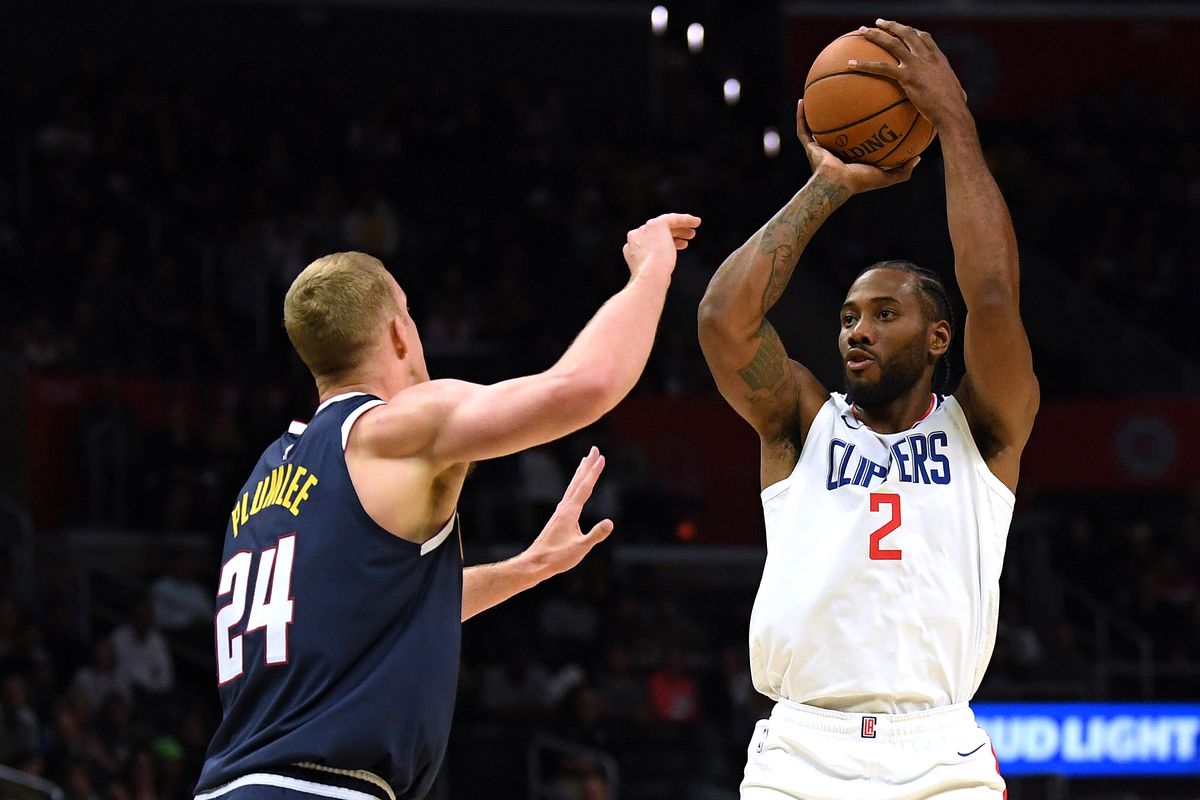Jud Winton talks Trends in the NBA
5 min read
As the use of analytics becomes more prevalent in the NBA, the league’s front offices are trying to find the best ways to convert their analysis into wins. Jud Winton, the Vice President of Research and Analytics for the Los Angeles Clippers, took the time to give an exclusive interview for StatPadders.com about implementing findings from research, tackling some of the biggest challenges facing front offices today, and dispelling some popular misconceptions about how analytics are used.
The NBA has undergone some very notable developments in the past few years. How do you think these changes impacted your job?
We spend a lot of time trying to find what’s actionable. With the amount of data that’s available now with the introduction of SportVU and Second Spectrum Data, there’s a ton you can look at and a ton of different ways you can analyze how it affects team strategy and transactional decisions. That’s been one of the major changes in why there’s been increases across the league in the resources devoted to analytics. We’re constantly trying to provide our coaching staff or front office with actionable and significant information that can aid in optimal decision making.
How much information does your department present to players and coaches before games? How receptive are they to these insights?
We generally have a stat report that goes out a few days ahead of a game. Generally, one of our coaches on the staff is in charge of the preparation in terms of working with the video department and working with other coaches to develop a game plan. They use our statistical package to guide that. They’ll come to us with questions that can get more granular for specific gameplan ideas. The coaching staff is very receptive. Even with the amount of detail that’s available with Second Spectrum Data, I think with their expertise and the amount of video and detail that has gone into scouting the other team, they have a really great sense of what’s relevant from the data and what’s important to present to Doc and the rest of the coaching staff and what the takeaways are that they want the players to have.
In one of our recent club meetings we looked into how certain players like James Harden’s high usage in the regular season might affect their playoff performances. Do you think that there is any analytical support for the idea of “load management”?
It’s obviously a hot topic because it’s increasing across the league. I think every case is individual and we have a great sports performance team. No player is the same, and I think what is most important is how the player feels and making sure they are at their peak condition going into the playoffs. Usage is an interesting stat to use because Harden is going to have a really high usage just because of Houston’s style of play. This year, they are playing much faster, but Harden himself is super intelligent, and even when he’s carrying a high usage, he knows how to pace himself. There are so few playoff minutes compared to regular season minutes, and playoffs are so matchup specific. Harden’s stats could be worse in the playoffs because most of those seasons when he’s had that really high usage, he’s going against great defenses in the playoffs, so his stats may be a little bit worse. There could be a correlation there that you guys found. We try to make sure to dig in deeper and not draw too many conclusions from that data just because situations are so individualized and unique.
An increasing number of the top draft prospects and the league’s top players are coming from non-traditional backgrounds. What factors have to be taken into account when comparing prospects from college and from international leagues?
That’s a great question. There is a lot more data available from overseas leagues and youth tournaments that allows you to at least develop statistical models that are comparable. It’s difficult for scouts to assess a player in a low-level European league versus one in a high major Division I League. You have to be really careful with the takeaways from any statistical projection in those cases. This is something that there is probably room for improvement on, and I know most teams are probably searching for solutions that give them a competitive advantage in being more sure in their evaluation, whether that’s a statistical or scouting evaluation. I think that will be more and more the case as basketball becomes more popular. Certainly, Luka Dončić, by most statistical projection systems looked like one of the best players to play in Europe, let alone draft prospects. I think the confidence in those projections is different because you’re not watching those games as much. From an analyst’s perspective, you’re not as in tune with those leagues as you are naturally being in the United States watching the NCAA. I think it’s something we’ll continue to review, but it’s a great point to raise.
The Clippers outperformed most people’s expectations last year after trading away some notable players. What do you think were some of the keys to that success?
That’s a great question. There were a few things. Lawrence and the front office have done a great job in bringing players that are tough, hardworking, team-first players. Obviously, Doc and the coaching staff did an amazing job in terms getting career years out of a lot our players. I think a few of our players were underrated, and our team health was crucial. I think Danilo Gallinari is a great example. He had been hurt the year before and came back and was really, especially statistically, one of the top forwards in the league last year. You could pick anyone on their roster last year — they were put in positions to succeed, and they did a great job of that. The team really blended well together.
Is there a misconception about analytics in basketball that you wish you could change?
That’s a great question. I think that it’s presented in the public and on these talking heads shows, whether it’s cable or the radio, that there’s an “analytics opinion” and a “basketball experts opinion”, and that they butt heads a lot, and that there’s this contentious back-and-forth. I don’t think most analysts that I know on the team side have that type of relationship in the organization. I also think that most think that your analysis of the numbers can help aid decision making, but it’s far from perfect and far from infallible. You always have to be aware of things that you could be missing out on that coaches or scouts or front office executives could be picking up on. That is why most analytics departments can assist with the decision making, but cannot be trusted with a blind eye. I think there’s a healthy back-and-forth that’s more of a symbiotic relationship that comes across in a lot of the debates that you hear about.
